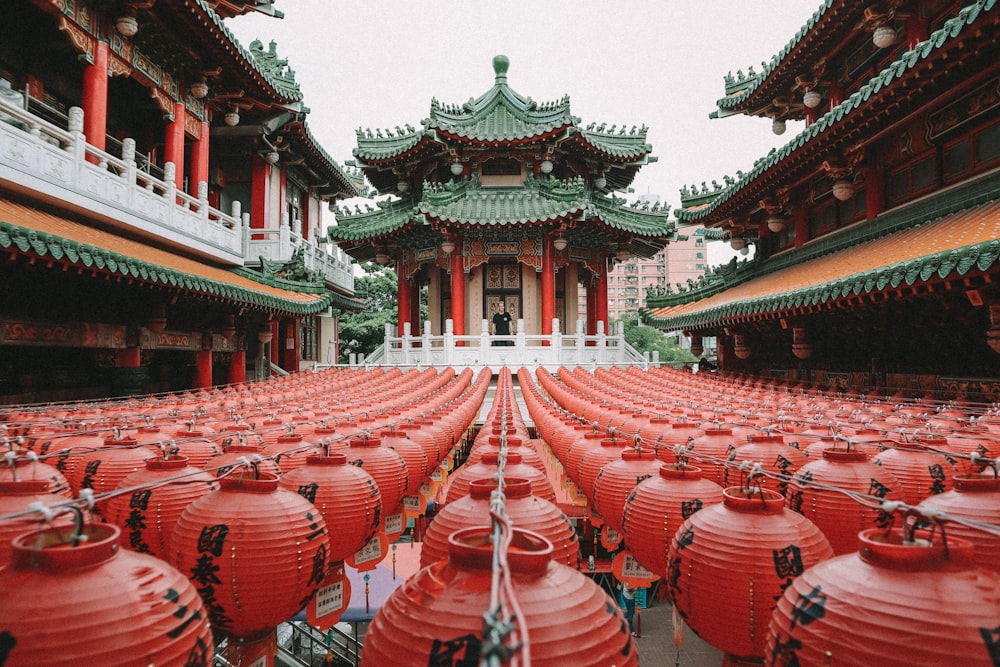Traversing Time: The Rich Tapestry of Taiwan's History

Taiwan, a beautiful island off the southeastern coast of China, boasts a rich tapestry of cultural and historical influences. From its indigenous populations to the waves of colonization and the fight for identity in modern times, Taiwan's history is a fascinating journey through time.
I. Indigenous Beginnings and Early Settlements:
- Prehistoric Taiwan: Introduction to the island's earliest inhabitants and archaeological findings dating back thousands of years.
- Austronesian Expansion: How Taiwan is considered the homeland of Austronesian peoples, who later spread across the Pacific and Indian Oceans.
II. The Age of Exploration and Colonial Intrusions:
- Dutch and Spanish Colonization (1624-1662): The arrival of European powers, their economic ambitions, and the impact on indigenous communities.
- Koxinga and the Ming Loyalty: Zheng Chenggong (Koxinga) expels the Dutch, establishing the Kingdom of Tungning as a bastion of Ming loyalty.
III. Qing Dynasty Rule (1683-1895):
- Annexation and Integration: How Taiwan became a frontier of the Qing Empire, its gradual integration, and the challenges of governing the island.
- Economic Developments: The growth of agriculture, trade, and the beginnings of Han Chinese immigration in significant numbers.
IV. Japanese Colonial Era (1895-1945):
- Cession to Japan: The Treaty of Shimonoseki and the beginning of Japanese rule.
- Modernization and Resistance: Japanese efforts to modernize Taiwan, the resistance from both Han Chinese and indigenous populations, and the cultural impact of Japanese rule.
V. The Republic of China and the Kuomintang (KMT) Era:
- Post-World War II Transition: The handover of Taiwan from Japan to the Republic of China (ROC) and the ensuing social and political tensions.
- The 228 Incident: A pivotal moment in Taiwanese history, leading to martial law and the White Terror period.
- Economic Miracle: Taiwan's rapid economic growth, industrialization, and emergence as a technology powerhouse.
VI. The Path to Democracy:
- Lifting of Martial Law: The end of martial law in 1987 and the steps toward democratization.
- Political Liberalization: The legalization of opposition parties and the first direct presidential election in 1996.
VII. Contemporary Taiwan:
- Cross-Strait Relations: The complex relationship between Taiwan and the People's Republic of China, including tensions and economic ties.
- Identity and Independence Movements: The evolution of Taiwanese identity and the debate over independence versus unification.
- Global Presence: Taiwan's role on the international stage, contributions to global technology, and challenges in international diplomacy.
Conclusion:
Taiwan's history is a compelling narrative of resilience, diversity, and transformation. From its indigenous roots through periods of colonization to its current status as a vibrant democracy, Taiwan has navigated the tides of history with tenacity. Today, it stands as a testament to the strength of its people and the rich cultural heritage that defines this island nation.


























![[LIVE] Engage2Earn: Save our PBS from Trump](https://cdn.bulbapp.io/frontend/images/c23a1a05-c831-4c66-a1d1-96b700ef0450/1)






























